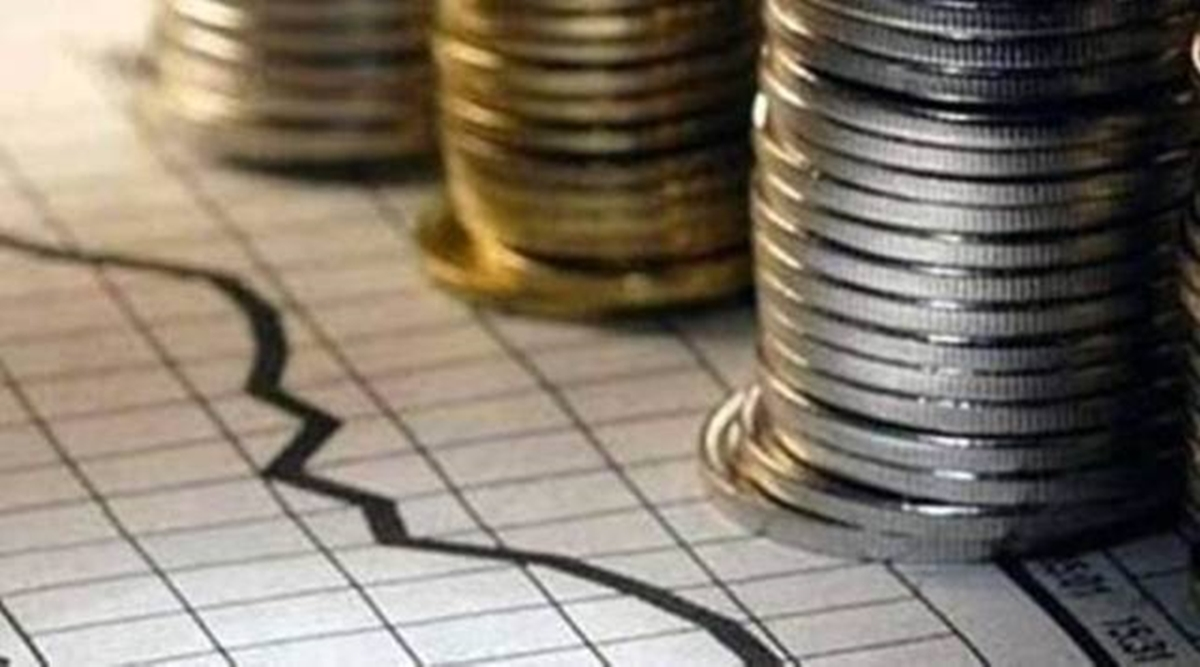India’s current account deficit posted a sharp decline to 1 per cent of the GDP at $ 8.3 billion in the September quarter of the current fiscal 2023-24, lower than the deficit of 1.1 per cent of the GDP at $ 9.2 billion in the first quarter of FY24 and deficit of 3.8 per cent of the GDP at $ 30.9 billion posted in the year ago period — Q2FY23, RBI data on Tuesday showed.
The Central bank attributed the lower CAD in Q2FY24 to the narrowing of merchandise trade deficit to $ 61.0 billion from $ 78.3 billion in Q2FY23. Services exports grew by 4.2 per cent on a y-o-y basis on the back of rising exports of software, business and travel services. Net services receipts increased both sequentially and on a y-o-y basis.
The CAD for Q2 FY2024 printed well below expectation of ICRA Ratings, led primarily by, what Aditi Nayar Chief Economist ICRA finds, a “smaller-than-anticipated merchandise trade deficit”. Nayar is of the view that following the expansion in the merchandise trade deficit in October 2023, the CAD for the ongoing quarter is expected to widen appreciably, to around $18-20 billion. “Nevertheless, we now foresee the FY2024 CAD in a range of 1.5-1.6 per cent of GDP, unless commodity prices chart a sharp rebound,” says Nayar.
Net outgo on the primary income account, primarily reflecting payments of investment income, increased to $ 12.2 billion from $ 11.8 billion a year ago.
Private transfer receipts, mainly representing remittances by Indians employed overseas, amounted to $ 28.1 billion, an increase of 2.6 per cent from their level during the corresponding period a year ago. In the financial account, net foreign direct investment witnessed an outflow of $ 0.3 billion as against an inflow of $ 6.2 billion in Q2FY23.
While foreign portfolio investment recorded net inflow of $ 4.9 billion, lower than $ 6.5 billion during Q2FY23, external commercial borrowings to India recorded net outflow of $ 1.8 billion in Q2FY24 as compared with net outflow of $ 0.5 billion in Q2FY23. Non-resident deposits recorded net inflow of $ 3.2 billion as compared with net inflow of $ 2.5 billion in Q2:2022-23. There was an accretion of foreign exchange reserves (on a BoP basis) to the tune of $ 2.5 billion in Q2FY24 as against a depletion of $ 30.4 billion in Q2FY23.
As for the balance of payments (BoP) status during the first half of the fiscal, H1FY24, India’s CAD moderated to 1.0 per cent of GDP from 2.9 per cent of GDP in H1FY23, again on the back of a lower merchandise trade deficit. Net invisibles receipts were higher in H1FY23 on a y-o-y basis primarily on account of higher net services receipts. Net FDI inflow at $ 4.8 billion in H1:2023-24 was lower than US$ 19.6 billion in H1:2022-23. Portfolio investment recorded a net inflow of $ 20.7 billion as against an outflow of $ 8.1 billion a year ago. In H1FY24, there was an accretion of $ 27.0 billion to the foreign exchange reserves (on a BoP basis).
Crisil Ratings projects India’s CAD, which was 2.0 per cent of GDP in fiscal 2023, to soften to 1.8 per cent this fiscal. In its outlook, Crisil notes that while the slackening in merchandise exports has moderated in recent months, it remains to be seen if this trend can sustain. With exports facing global headwinds in the form of an expected slowdown in the near term and uncertainties on account of the geopolitical situation, the expected deceleration in domestic growth in the second half of this fiscal should keep a check on imports. The services trade surplus remains robust and remittances are expected to remain healthy, according to a Crisil report.







